During non-COVID times, I would meet with my martial arts group (Kashima Shinryu at UCLA) for practice twice each week, and my wife, our son, and I would meet with friends for coffee, brunch, dinner, or walks on weekends. How do we maintain our mental health when the very mechanisms we employ to protect our sanity are stripped away? How do we regain a sense of routine and socialization when we are stuck at the bottom two rungs of Maslow’s hierarchy of needs? My answer came in the form of Aki Sensei’s Japanese class in addition to turning to Zoom for martial arts and social “gatherings”.
| My Japanese language class gives me a sense of normalcy and progression when days smear together. I open my textbook’s in the evenings once my son has gone to bed and study Japanese for an hour. I can see my progress flipping through the pages of my textbook, lecture notes, and homework as the days, weeks, and months pass by. The completed lessons and homework assignments act like signposts along an intellectual highway - “Now passing Lesson 4. Next stop Lesson 5!” Having this intellectual highway is comforting since our temporal highway has been ravaged by COVID and under construction indefinitely. We typically measure progression with birthdays, holidays, festivals, and other celebrations with friends and family. Our response, for better or worse, has been to push pause on all these events, effectively freezing our sense of time because our celebrations - our sense of progression - have been stuck in a holding pattern for a full year. By creating my alternative intellectual highway, I have been comforted with a new sense of progression in my life. |
I have found the mental challenge of learning Japanese gives me a sense of purpose when so many of my other activities and interests have been put on hold. I still practice Kashima Shinryu in a limited way on my own. And 1-2 times per week the group meets virtually for a short practice session and discussions. This practice exercises my body and spirit clearing out the mental cobwebs and better preparing my mind for Japanese lessons. But more than that, the language and my martial art feed each other and have served me well as strong and steady signposts as I traverse this new landscape.
| ABOUT THE AUTHOR はじめまして。マカロネスコットです。よろしくおねがいします。 Scott Maccarone is a mathematician by education, earning a MS from UC Irvine, but writer by choice. Scott has practiced various martial arts from Daito-ryu Aikijujutsu Kodokai, Judo, boxing, Muay Thai, and Kashima Shinryu. The history, spirit, and culture of Japanese martial arts elevate Scott’s practice into physical exercise, intellectual study, and a means to achieve psychological well-being. Scott has been to Japan twice and intends on many return visits post-COVID. Scott is most fortunate to have met his wife who is truly his best friend and better half, and is continually in awe of his young son whom he loves far more than evolution requires. |
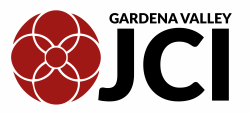
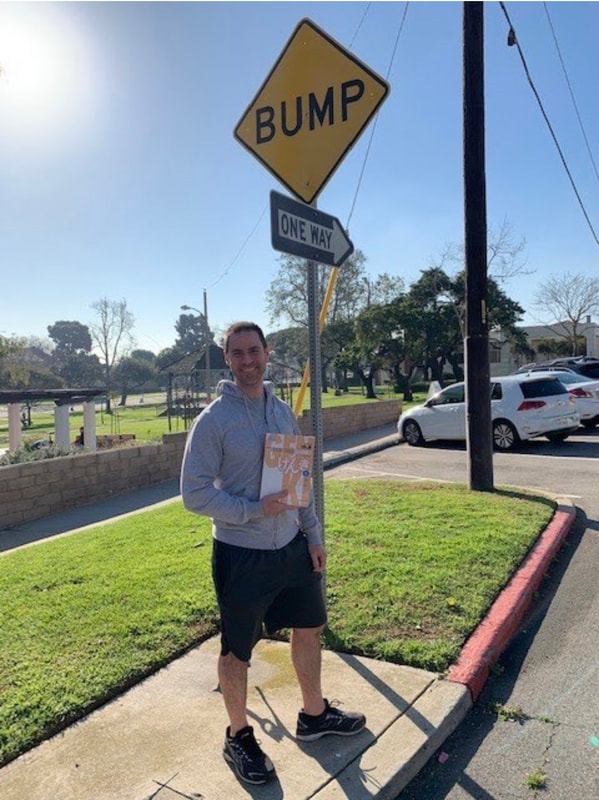
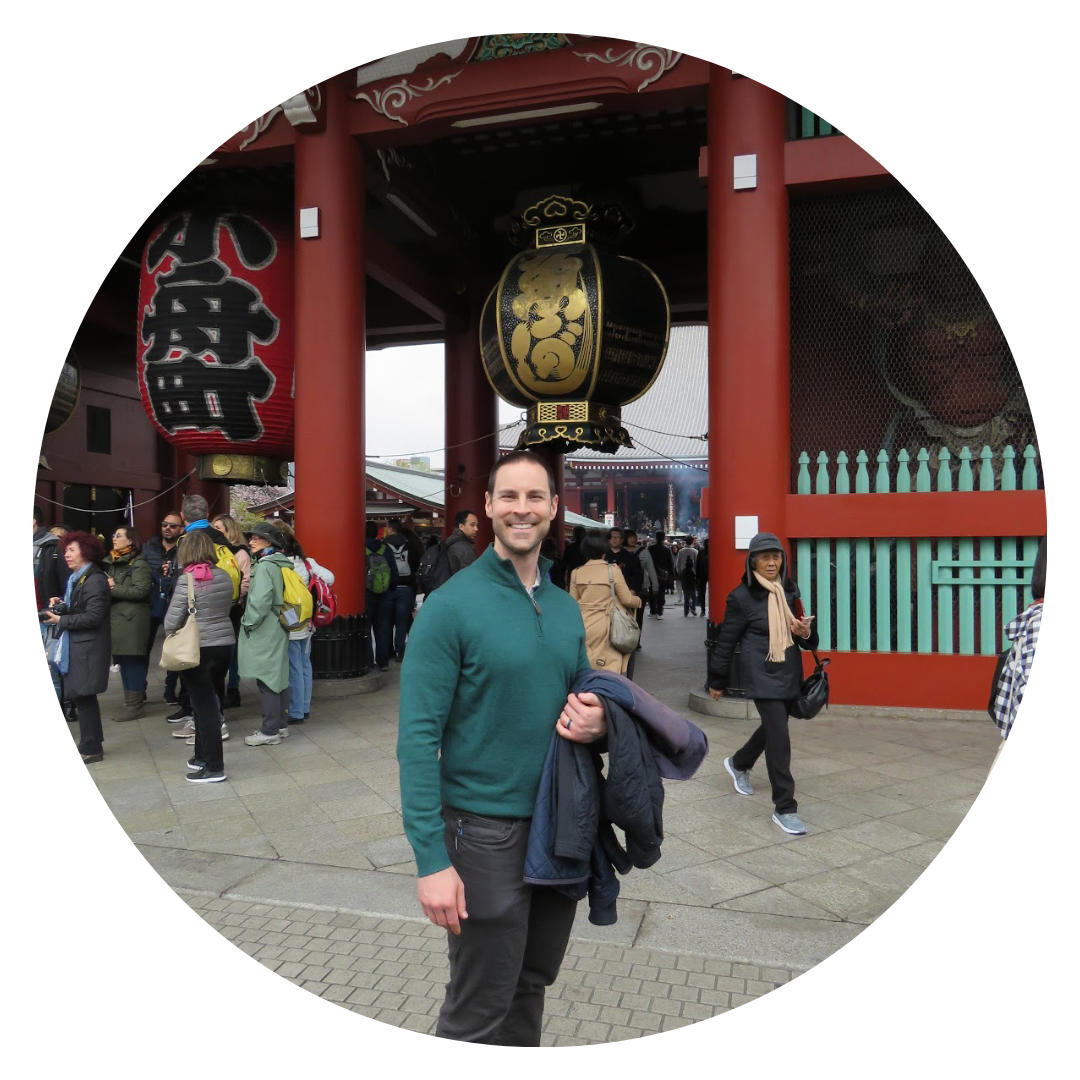
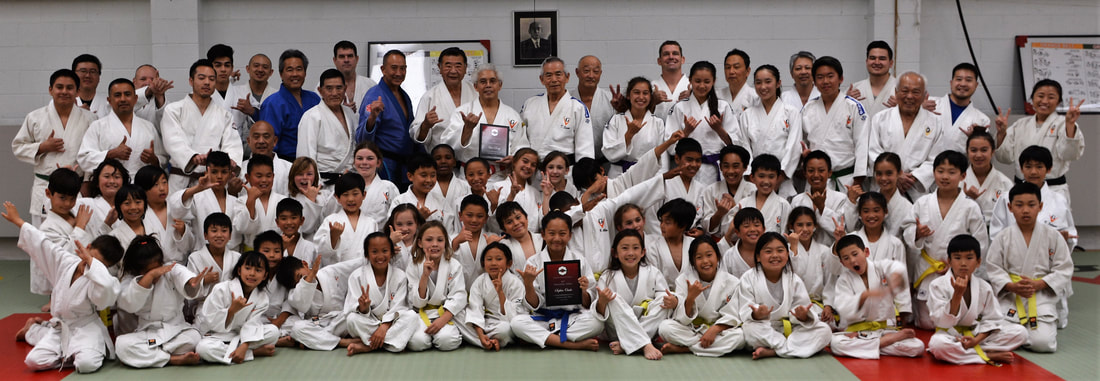
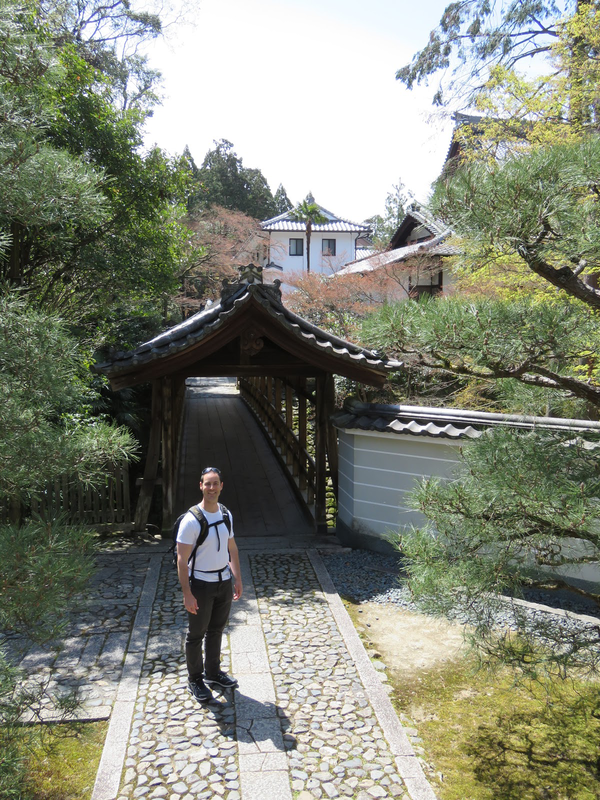
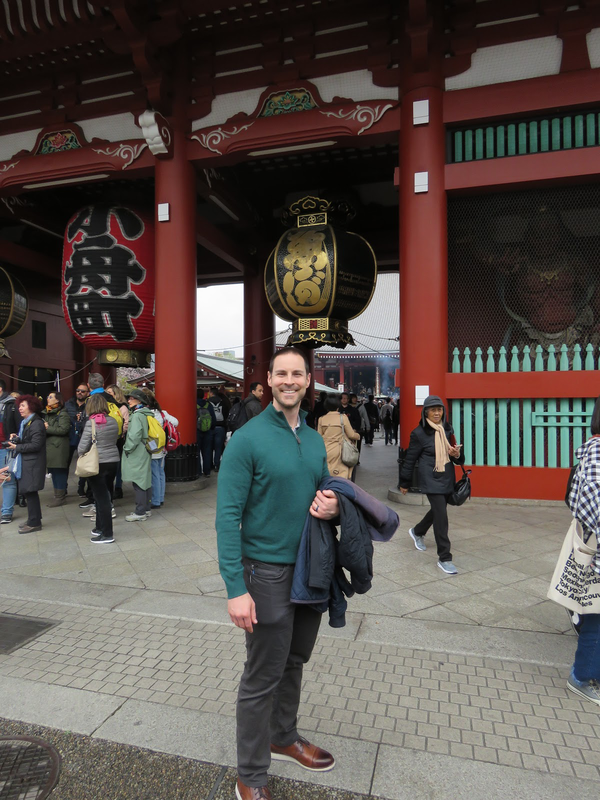
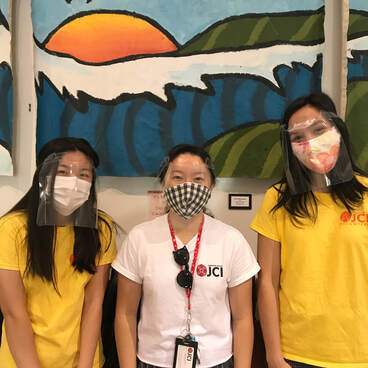

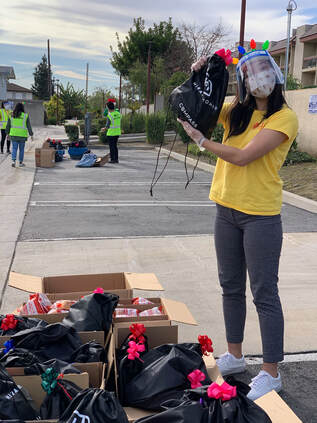

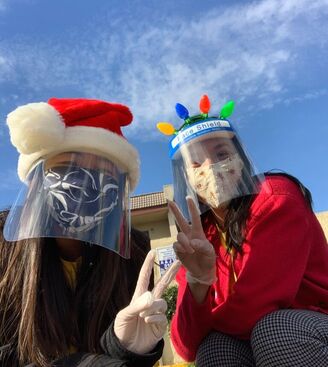
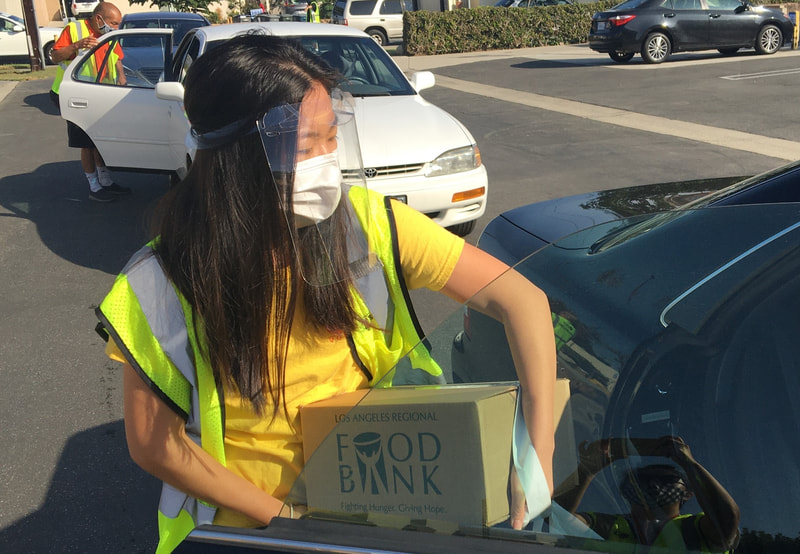
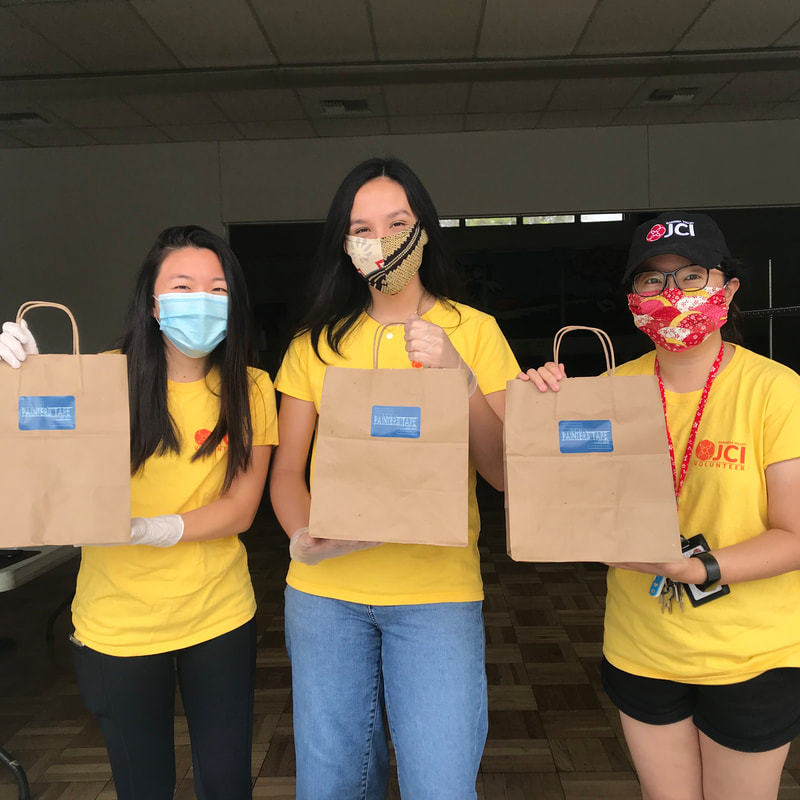
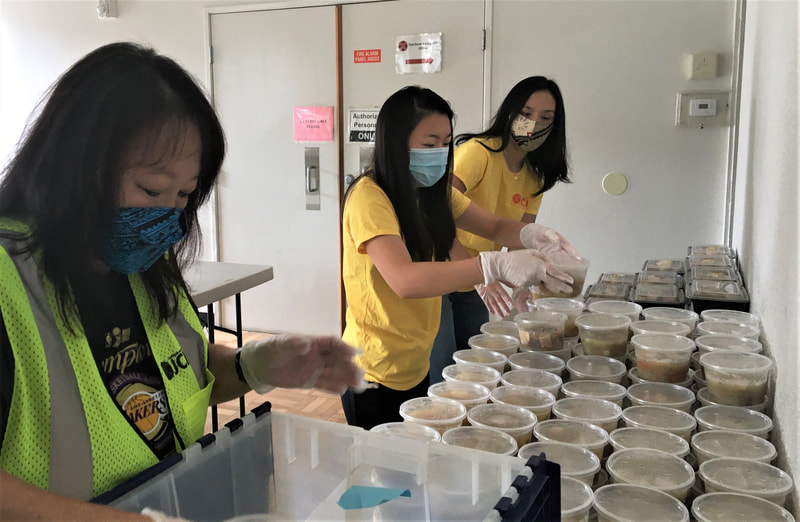

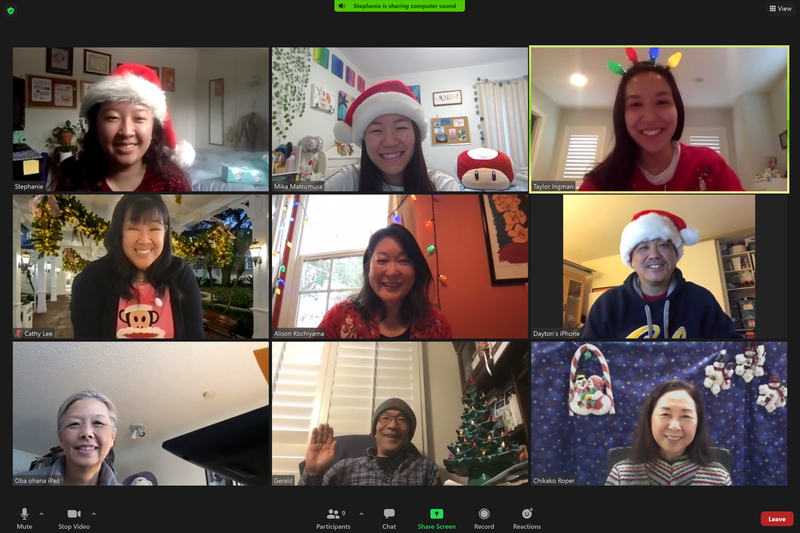
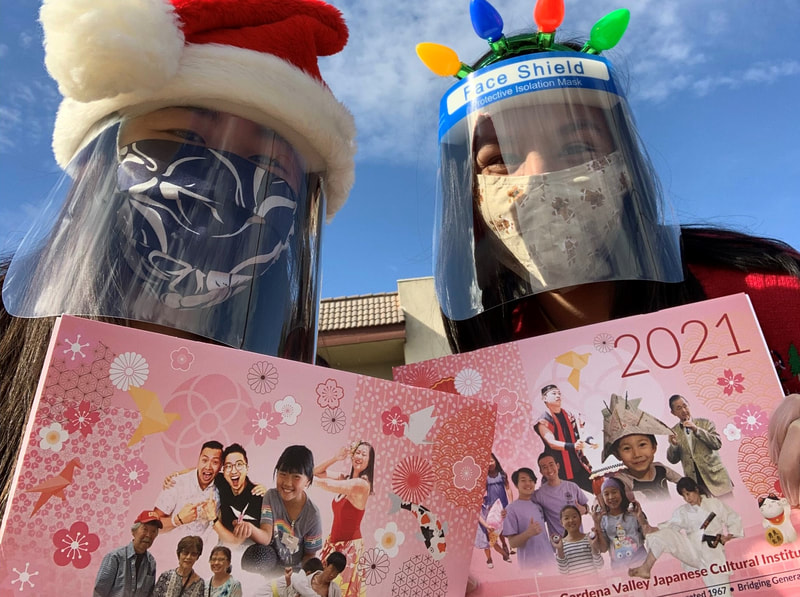
 RSS Feed
RSS Feed
